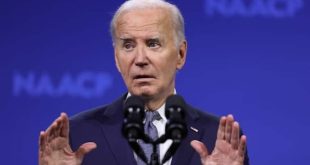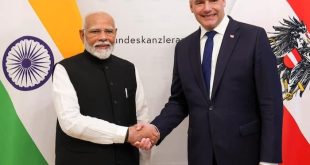 Unlocking Trade Potential: The International North–South Transport Corridor (INSTC)
Unlocking Trade Potential: The International North–South Transport Corridor (INSTC)
- Understanding the Significance of INSTC
- The Announcement at the 27th SPIEF
Exploring the INSTC
- What is the International North–South Transport Corridor (INSTC)?
- Key Players and Their Roles
Benefits and Implications
- Boosting Trade Relations
- Strengthening Economic Ties
- Impact on Regional Dynamics
The Route and Its Significance
- Mumbai to Moscow: A Connected Pathway
- Facilitating Trade Between Major Cities
Russia’s Initiative and Vision
- Leveraging Iran’s Railway Network
- Facilitating Coal Export to India
Iran’s Emphasis on INSTC
- Importance of Enhancing Transport and Transit among BRICS Nations
- The Strategic Position of Iran in INSTC
Challenges and Opportunities
- Overcoming Infrastructural Hurdles
- Enhancing Connectivity for Lasting Benefits
Future Prospects and Developments
- Potential Expansion of INSTC
- Integrating New Regions and Markets
- Embracing the Promise of INSTC
- A Gateway to Enhanced Economic Cooperation
The International North–South Transport Corridor (INSTC) has emerged as a pivotal initiative to bolster trade and connectivity between nations spanning from India to Russia. The recent declaration made at the 27th St. Petersburg International Economic Forum (SPIEF) underscores the commitment of key stakeholders towards realizing the potential of this corridor.
INSTC, a multi-modal network stretching over 7,200 kilometers, aims to streamline the movement of goods via ships, railways, and roads across India, Iran, Azerbaijan, Russia, Central Asia, and Europe. At its core, INSTC seeks to foster trade links between major cities such as Mumbai, Moscow, Tehran, Baku, Bandar Abbas, and Astrakhan, among others.
Russia’s proactive approach in utilizing Iran’s railway infrastructure to facilitate coal exports to India highlights the strategic vision behind INSTC. This initiative not only enhances bilateral trade but also strengthens economic ties across the region. Iran, recognizing the significance of INSTC in promoting transport and transit among BRICS nations, has emphasized its commitment to the corridor’s success.
While the potential benefits of INSTC are immense, there are challenges to overcome, particularly in terms of infrastructural development and connectivity. However, these challenges present opportunities for collaboration and innovation, paving the way for sustainable economic growth and development.
Looking ahead, the future of INSTC holds promise for further expansion and integration of new regions and markets. By capitalizing on the strengths of each participating nation and fostering a conducive environment for trade and cooperation, INSTC stands as a beacon of hope for enhanced regional connectivity and prosperity.
 Suspense Crime Sach Ka Dam
Suspense Crime Sach Ka Dam


